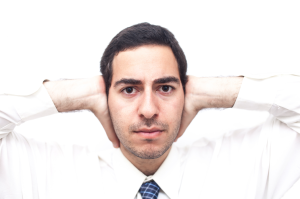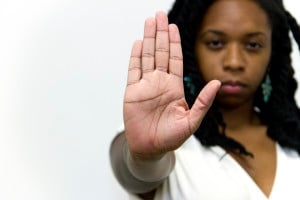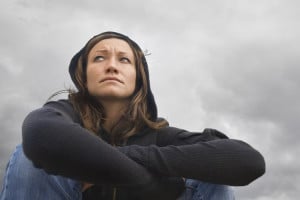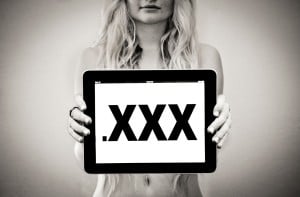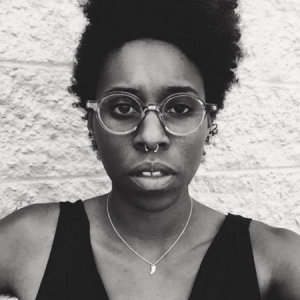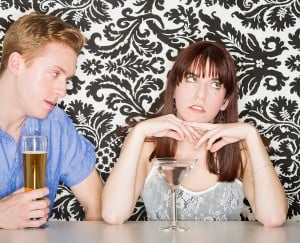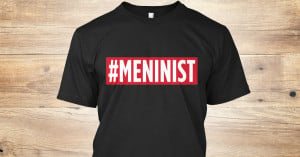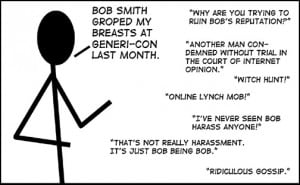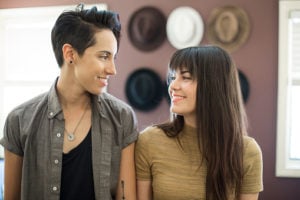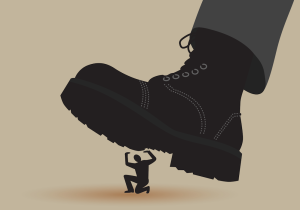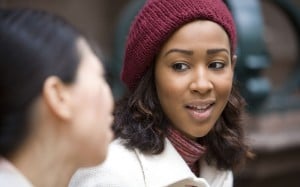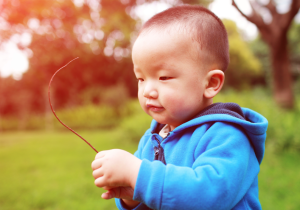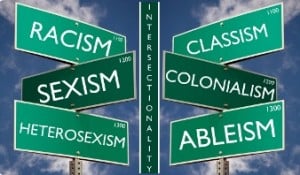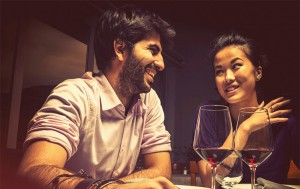
HuffPo
Asexuality is just now coming onto the horizon as an identity.
In the last ten years, there has been a growing awareness that some people don’t want or need sex to live happy and fulfilled lives. However, something that still confuses people is how asexual people navigate dating!
So, in order to demystify this concept for people, I spoke with two asexual activists in order to try to better understand dating in the asexual community.
The first person I interviewed was Gaia Steinberg, 24, from Israel. Gaia has identified as asexual since age 16. She’s an activist in the feminist, sex-positive, and asexual communities.
I also spoke with David Jay, founder of asexuality.org. He has been in a leader and activist in asexual community for ten years, was active in campaigns to take asexuality out of the DSM, and was featured in the documentary (A)sexual.
Asexual people are not a monolith, but I asked Gaia and David to tell me about their own experiences with the community as a whole and their own personal understanding of dating while asexual.
Remember that no one person sees dating or sexuality exactly the same way as another, but I hope that this serves as a jumping off point for giving you some insight into dating while asexual.
What Is Asexual Dating?
Dating is about “getting to know people.”
It isn’t always romantic and doesn’t always have to have romantic elements. There’s no need to differentiate between people who are interesting as friends and people who are interesting as dating partners.
Sometimes romance becomes a part of an asexual dating relationship, and sometimes it doesn’t.
For example, Gaia personally doesn’t have a binary between romantic and nonromantic relationships.
David’s relationships sometimes look like dating sometimes, but not always. Intimate relationships are incredibly important to him, romantic relationships less so. The traditional dinner-and-a-movie trope feels false to him; it feels like it’s based on metaphors that don’t describe his personal experience of intimacy.
Dating as a social institution can seem very flawed to asexuals. It’s specifically flawed in ways that make it difficult for asexual people to engage in.
David rejects that there’s only one kind of relationship that counts, and that there’s a particular course that a relationship must take. He doesn’t feel that it’s wise or healthy to enter into a relationship with a preconceived idea of how that relationship might go. It’s better to see how you connect, how you can interact with each other.
David thinks that there’s something wrong with how we talk and think about intimate relationships. He thinks considering people single if they don’t have a certain kind of relationship is hurtful.
He believes that dating teaches us that there is a particular kind of intimacy that counts –that will be celebrated by friends, family, and society. And he thinks that hierarchy of intimate relationships is limiting.
What Do Sexual People Get Wrong About Asexuality and Dating?
Asexuality is something that is currently discriminated against or thought of as weird or wrong. Asexual people are at risk of violence — physical and emotional — if they reveal their asexuality to someone they don’t know.
Many asexual people choose to wait a little while until they trust the person they are seeing before coming out. This is not trickery; it’s waiting to reveal a marginalized identity until trust has been established.
Furthermore, many asexual people feel very private about their asexuality, so it may not be something they’re comfortable talking about right away.
Most people ask “How do asexual people date?” when they mean “How do asexual people form intimate relationships?”
Sexual people often equate dating and intimacy.
Sometimes people assume asexual people don’t form intimate relationships. This is very wrong, and a limiting perspective, David believes. “Intimacy is a much bigger and more beautiful thing than this box that you put it in.”
How Intersectional Is the Asexual Community?
David’s asexual identity interacts heavily with his gender, class, and racial identities because of the sexual expectations of those identities. The set of associations for a white guy, for instance, heavily influence how he is perceived, what scripts he received on how his sexuality should work, and so on.
When he is doing visibility work, it’s easier for him to present a “queer” topic — asexuality — to a mainstream audience because he’s seen as a nonthreatening “everyman.”
However, he is conscious that his position as a figurehead of asexuality can give the impression that asexuality is a “white” identity and that he might be alienating asexual people of color.
Sexuality is a discourse about power.
To claim sexuality is to claim a certain kind of power. To claim sexuality or not claim sexuality is to become subject to a set of social enforcements that is often racialized.
David’s partner says it is very different for her to claim asexuality as an Asian-American woman because Asian-American women are often desexualized. It’s complicated for her to step away from sexuality while simultaneously claiming agency that comes from sexuality.
It’s very different from David, who is breaking a different set of assumptions regarding agency.
What it means for someone to think of themselves as asexual is very different for people of different socioeconomic, racial, and ethnic groups – especially those that are already marginalized
Much of the language of the asexual community is geared toward people “like me,” says David, and the community has continued on a trend of racial homogeneity.
As the community moves from online to offline organizing, he has seen an upward trend in ethnic and racial diversity, which he suspects is related to the expansion of options for diverse spaces and diverse ways of participating in the community.
As a leading activist, David and fellow advocates are trying proactively to address this issue as a community, but whiteness is very entrenched still in the way asexual identity is talked about.
What Do Sexual People Need to Know About Asexual People?
It’s not an asexual person’s responsibility to come out until asexuality is widely accepted. People do not have a right to know if someone is asexual.
When people are seeing each other, the sexuality of the relationship doesn’t have to be an even split between what the two people want. It’s all about the individual people and what makes them most comfortable. There’s no sexuality measure you have to fill.
In the case of a sexual person being attracted to an asexual person, the sexual person should not assume that because someone is asexual that they are not attracted to you. The attraction may not be sexual; it may take a different form and involve different activities, but it can still be important and powerful to explore.
Many people, even if they don’t have romantic or sexual attraction, want to be in relationships with people they think are cool and find creative ways of doing that.
Don’t discount asexual relationships because they probably won’t involve sex.
Pro tip: Flirt with asexual people by asking them how they define intimacy.
Asexual people have had to “queer” relationships, so relationships with asexual people involve a lot of changing and playing with relationship ideas and that process can be fun.
It’s helpful to take the consent process we generally think of as applying to sex and sexual activities and apply it to a larger circle called touch. The discussions of what touch each person wants and conversations around that can be much more interesting than the conversation on whether sex will happen.
And finally, David emphasizes that everyone’s experience of intimacy is bigger and broader than dating, and this is especially true of asexual people.
It’s important to give asexual people a place to celebrate and talk about all their important relationships, not just sexual ones.
Sexual people need to treat those kinds of intimacy as if they are as interesting and exciting as romantic/sexual intimacy because they are!
[do_widget id=”text-101″]
Wiley Reading is a Contributing Writer at Everyday Feminism. Wiley is a New Jersey-born artist, writer, environmentalist, and social justice advocate located in Burlington, VT. He works as a community health worker for the Greater Burlington YMCA, and writes for Disrupting Dinner Parties, a small collective feminist blog. In his free time, Wiley draws bugs and old buildings, loves every show on the Food Network, makes creative (read: pulled from the recycling) toys for his bunnies, and tipsily reminds every person in every bar that New Jersey is the best state. Follow him on Twitter @wreadinggo.
Search our 3000+ articles!
Read our articles about:
Our online racial justice training
Used by hundreds of universities, non-profits, and businesses.
Click to learn more
Most Read Articles
- « Previous
- 1
- …
- 30
- 31
- 32





